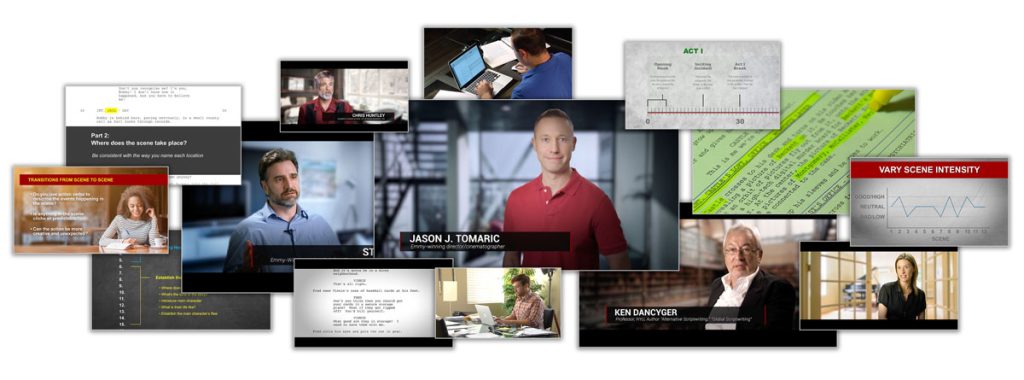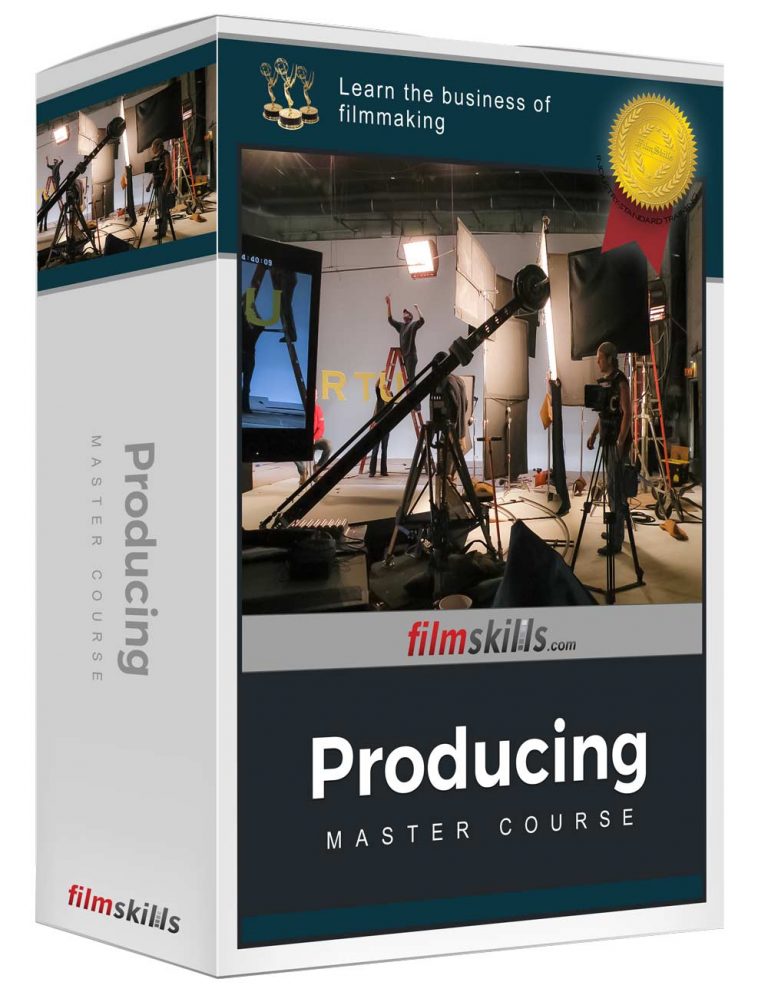The Art of Writing Realistic Dialogue
Learning how to write dialogue in a screenplay is a delicate balance of revealing a character’s personality and driving the plot forward, without revealing too much of their intent within each scene. Good writers study real human interactions to create believable spoken moments between characters.
- Listen to real people speak. One of the best ways to get a feel for how people really talk is to simply listen to them. Pay attention to the way people phrase their sentences, the words they use, and the rhythm of their speech. This will help you get a sense of what sounds natural and what doesn’t.
- Use colloquial language. People don’t always speak in perfectly grammatically correct sentences. They use slang, swear words, and regional expressions to add personality and flavor to their speech. Don’t be afraid to use this kind of language in your dialog to make it sound more authentic.
- Avoid long speeches. People generally don’t speak in long, uninterrupted monologues. It’s more realistic to have dialog that consists of back-and-forth exchanges between characters. This makes the dialog feel more natural and allows for a more dynamic and engaging conversation.
- Vary the length of your sentences. People’s speech patterns are often varied, with some sentences being short and concise and others being more lengthy and detailed. This variety keeps the dialog interesting and helps to keep the audience engaged.
- Use contractions. Contractions are a natural part of the way people speak, and using them can make your dialog sound more realistic and natural.
- Keep it simple. People don’t usually use overly complicated language when they speak. They tend to use simple, straightforward language, and this is often the most effective way to convey a message.
- Use pauses and silences. Pauses and silences can be used to add depth and realism to your dialog. They can be used to show that a character is thinking, to create tension, or to emphasize a point.
Let the characters’ personalities shine through. Different characters will have their own unique ways of speaking, and allowing these differences to come through in the dialog can make it feel more authentic and believable. - Use body language and facial expressions. Nonverbal cues like body language and facial expressions can add a lot of depth and nuance to a character’s dialog. Pay attention to these cues as you write to make your dialog feel more realistic and believable.
- Read your dialog out loud. This is a great way to get a feel for whether your dialog sounds natural or not. Reading it out loud will help you catch any awkward phrasing or unnatural rhythms, and it will give you a better sense of how your dialog will sound when it’s spoken by actors.

- Use dialects and accents appropriately. If you’re writing a character who speaks with a strong accent or dialect, it’s important to do your research and make sure you’re using the accent or dialect accurately. Nothing pulls the audience out of a scene faster than a character speaking with an accent that sounds fake or forced.
- Avoid using too much technical jargon. While it’s fine to use technical language if it’s appropriate for the scene and the characters, using too much jargon can make the dialog feel unrealistic and hard to follow.
- Be mindful of your characters’ backgrounds and education levels. Different characters will have different levels of education and different cultural backgrounds, and these differences can affect the way they speak. A character who is highly educated may speak differently than a character who hasn’t had much schooling, for example.
Pay attention to your characters’ vocal inflections and intonation. How a character says something can be just as important as what they say.
Overall, the key to writing realistic dialog is to pay attention to the way people really speak, and to use this as a guide when crafting your dialog. By following these tips, you can create dialog that feels natural and authentic, and that helps to bring your characters and story to life.

Learn to write screenplays Hollywood wants
Every great movie is made from a great script. In the FilmSkills Screenwriting Course, you will learn the step-by-step process of writing a script from top Hollywood writers. From the very beginning stages of developing a marketable idea, creating dynamic characters, understanding story structure, and finally learning how to market your script. You will gain all the tools you need to write a professional Hollywood screenplay.
You will learn from Emmy and Oscar-winning filmmakers as they reveal the techniques they’ve learned throughout their careers in the comprehensive FilmSkills Screenwriting Course.























